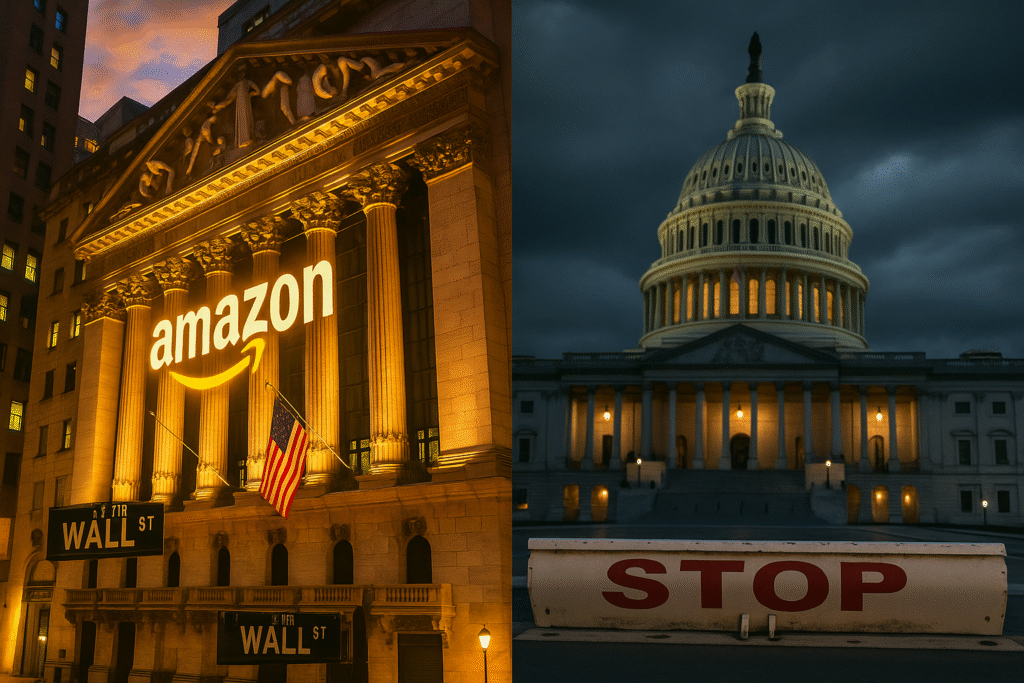A Fragile Truce in the Rare Earth Dispute
The United States and China have reached a one-year trade truce over rare earth exports — a move that temporarily defuses one of the most contentious economic flashpoints between the world’s two largest economies.
Beijing agreed to pause sweeping export restrictions on rare earth materials announced earlier this month, a policy that had threatened to trigger a full-scale trade war. In exchange, Washington cut tariffs on Chinese imports related to fentanyl from 20% to 10% and agreed to delay sanctions on Chinese subsidiaries previously targeted for blacklisting.
Officials from both sides described the deal as a “reset” rather than a resolution, with plans for further negotiations in early 2026.
What’s in — and Out — of the Deal
Under the agreement:
- China’s one-year pause on rare earth export controls takes immediate effect.
- The U.S. will reduce certain tariffs and suspend port docking fees for Chinese ships for one year.
- Agricultural and energy trade talks are set to resume, though without concrete terms.
Rare earth elements — used in defense systems, electric vehicles, semiconductors, and clean energy technologies — have become a critical geopolitical lever. With China controlling roughly 90% of global processing capacity, the U.S. remains highly dependent on Chinese supply chains.
Beijing’s Leverage — and Washington’s Calculus
Analysts say Beijing used its rare earth dominance effectively to pressure the U.S. into softening its trade position.
“China has the stronger hand in this round,” wrote Wolfe Research strategist Tobin Marcus, noting that Beijing’s export pause allows it to project flexibility without giving up leverage.
Piper Sandler analysts echoed that view, arguing that “China is getting the better of this truce.”
Still, the agreement provides temporary stability for industries — including defense contractors, EV producers, and chipmakers — that depend heavily on access to rare earth inputs.
What Remains Unclear
While both sides celebrated a diplomatic win, the truce leaves several major questions unresolved:
- Agriculture: The U.S. announced that China would purchase 25 million metric tons of soybeans annually over the next three years — a claim Beijing has not confirmed.
- Energy: Talks continue over potential Chinese investments in U.S. oil and gas projects, including Alaska-based LNG exports.
- Technology: Discussions about Nvidia chip exports reportedly took place, but no agreements were reached on advanced processors.
- TikTok: China’s Ministry of Commerce said it would “work with the U.S.” to resolve ongoing issues, though details remain vague.
Overall, the agreement is best described as a pause button, not a peace treaty.
WSR Take
The one-year truce underscores the delicate balance of power between U.S. technology dependence and China’s resource dominance.
Rare earths remain one of the few tools Beijing can deploy with global economic impact — and this agreement shows both sides are testing the limits of interdependence rather than decoupling entirely.
For investors, this isn’t the end of the rare earth story — it’s a calm before the next negotiation storm, especially as AI, defense, and energy sectors all depend on these same supply chains.
Read our recent coverage of Meta’s $25 billion bond sale.
Explore more coverage on the WallStAccess homepage.
Disclaimer:
Wall Street Reality does not work with or receive compensation from any public companies mentioned. Content is for educational and informational purposes only.








